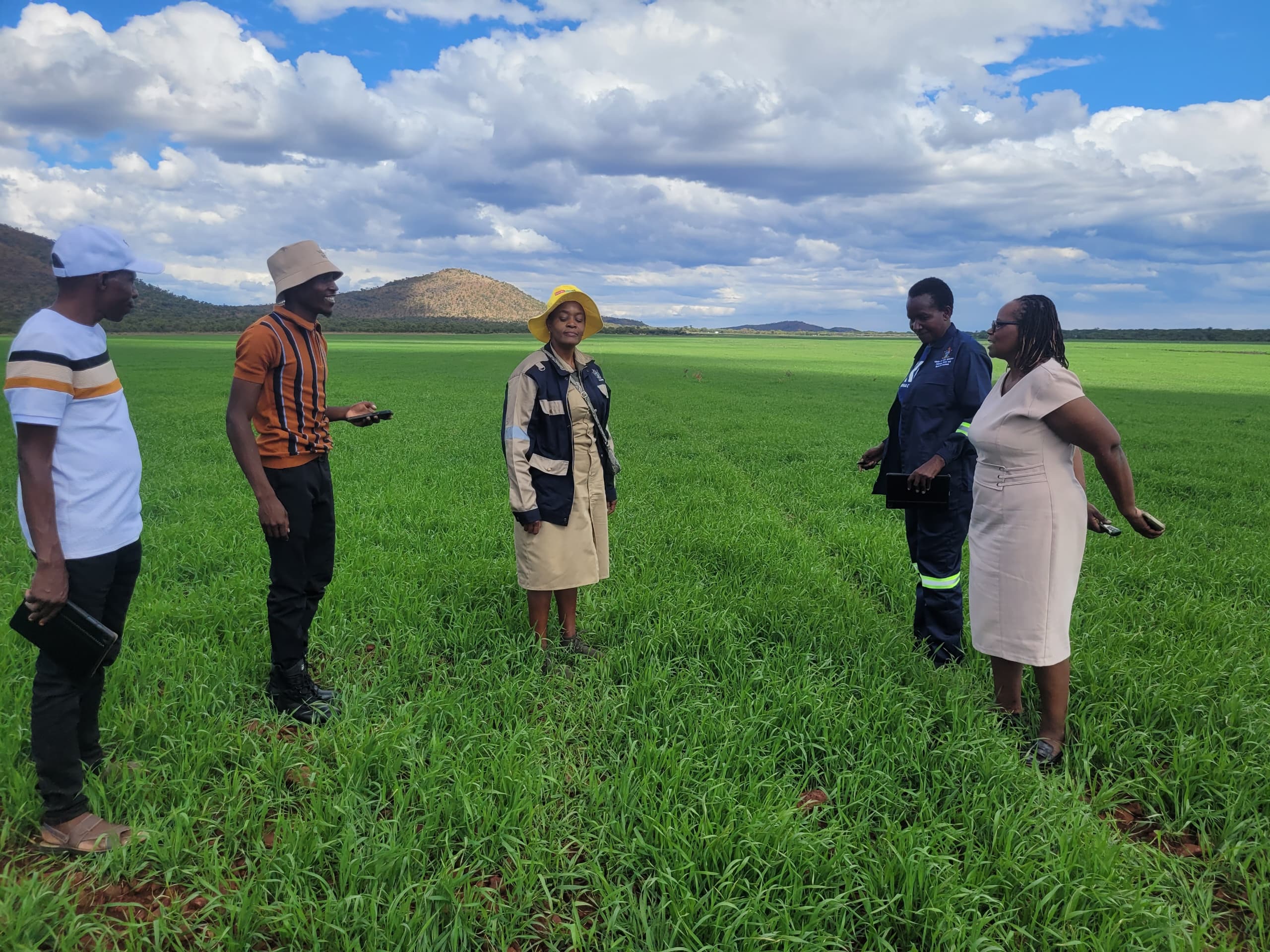By Cordilia Ncube
Agricultural authorities in the Midlands Province are urging farmers to take immediate action and plant wheat before the end of May to maximize yields and support national food security efforts.
Although the optimal wheat planting window traditionally runs from May 1 to May 15, experts say there is still time for farmers to plant—provided they act swiftly. So far, more than 25% of the province’s targeted wheat area has been sown.
“Wheat requires cold temperatures for tillering, which is crucial for producing more heads per seed,” said Virginia Samakomva, District Agricultural Extension Officer for Kwekwe District.
“Planting within the recommended window or before the end of May ensures the crop gets the best growing conditions and helps farmers avoid the negative effects of late rains and pest infestations.”
At DCK Farm, manager Duncan Magaya described how his team adapted to early planting challenges. “Because we planted early, I increased the seed rate to 170 kilograms per hectare to compensate for reduced germination caused by leftover roots,” he said. “We also apply nitrogen fertilizer to activate the soil and support healthy growth. Fungicide applications at around 30 days after planting are critical to protect the crop from diseases.”
However, some farmers are falling behind due to delays in harvesting their maize. Agricultural extension officers are encouraging them to speed up their maize harvests and take advantage of storage facilities available at the Grain Marketing Board (GMB) silos in Kwekwe.
“We urge farmers to expedite their maize harvest so they can plant wheat within the optimal window,” said Busiso Mavankeni, ARDAS Provincial Director.
With continued support and coordination, authorities remain optimistic that the province will meet its wheat production targets.
“The onus is on farmers to take advantage of the remaining planting period through the end of May to secure good harvests and contribute to national food security,” said Mukai Soko.



